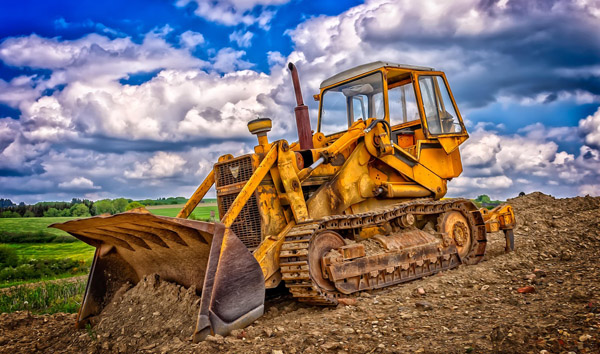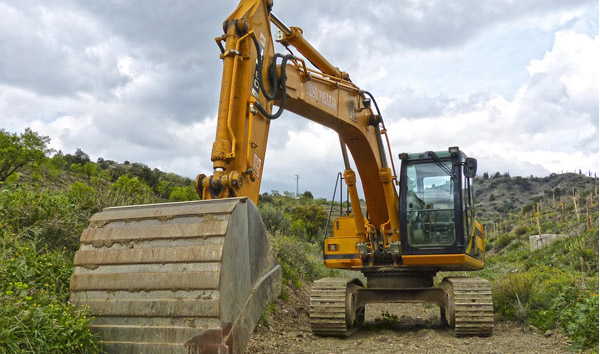Navigating the Challenges: Hydraulic Stabilization in Rough Terrain Forklifts
2025-07-19 04:20:27
Rough Terrain Forklifts are indispensable in construction, agriculture, and mining, where uneven surfaces demand robust hydraulic stabilization systems. This report explores the engineering behind hydraulic stabilization, its impact on operational efficiency, and emerging innovations in the field. Content Rough terrain forklifts rely heavily on hydraulic stabilization to maintain balance and safety on uneven surfaces. Unlike standard forklifts, these machines must counteract dynamic forces caused by slopes, debris, and shifting loads. Advanced hydraulic systems use pressure sensors and real-time adjustments to distribute weight effectively, minimizing tipping risks. Industry data shows that hydraulic stabilization reduces workplace accidents by 27% in rugged environments.
The core of hydraulic stabilization lies in its dual-circuit design, which ensures redundancy if one system fails. Each circuit operates independently, adjusting cylinder pressure to counteract instability. For rough terrain forklifts, this means maintaining optimal ground contact even on inclines up to 15 degrees. Manufacturers like Caterpillar and JCB report a 40% improvement in load stability with next-gen hydraulic valves that respond within milliseconds to terrain changes.
Recent advancements include AI-driven predictive stabilization, where machine learning algorithms analyze terrain patterns to preemptively adjust hydraulic pressure. Field tests by Volvo Construction Equipment demonstrate a 22% reduction in hydraulic fluid consumption with this technology. Additionally, electro-hydraulic hybrid systems are gaining traction, offering quieter operation and lower emissions—critical for eco-sensitive job sites.
Despite these innovations, challenges persist. Hydraulic fluid leakage remains a concern, accounting for nearly 18% of rough terrain forklift downtime, according to OSHA reports. Engineers are addressing this with self-sealing hoses and biodegradable fluids, which also align with sustainability goals. Furthermore, extreme temperatures can affect viscosity, prompting the development of thermally adaptive hydraulic oils.
Looking ahead, the integration of IoT sensors will revolutionize hydraulic stabilization. Real-time data transmission to operators and fleet managers will enable proactive maintenance, reducing unplanned downtime by an estimated 35%. As rough terrain forklifts evolve, hydraulic systems will continue to be the backbone of safety and performance, ensuring these machines meet the demands of tomorrow’s toughest job sites.














